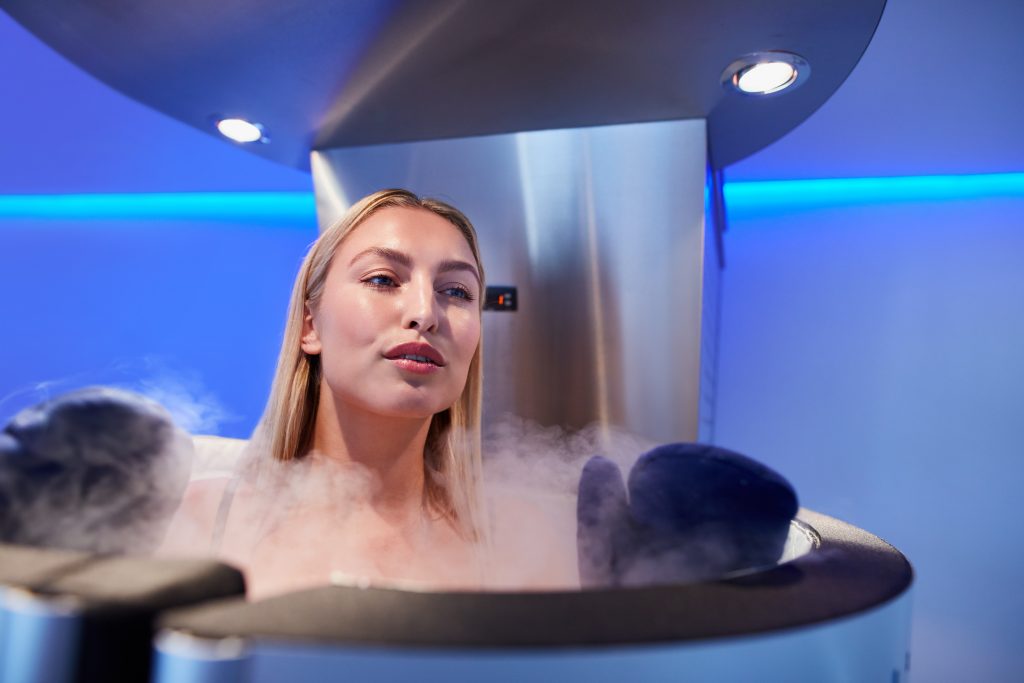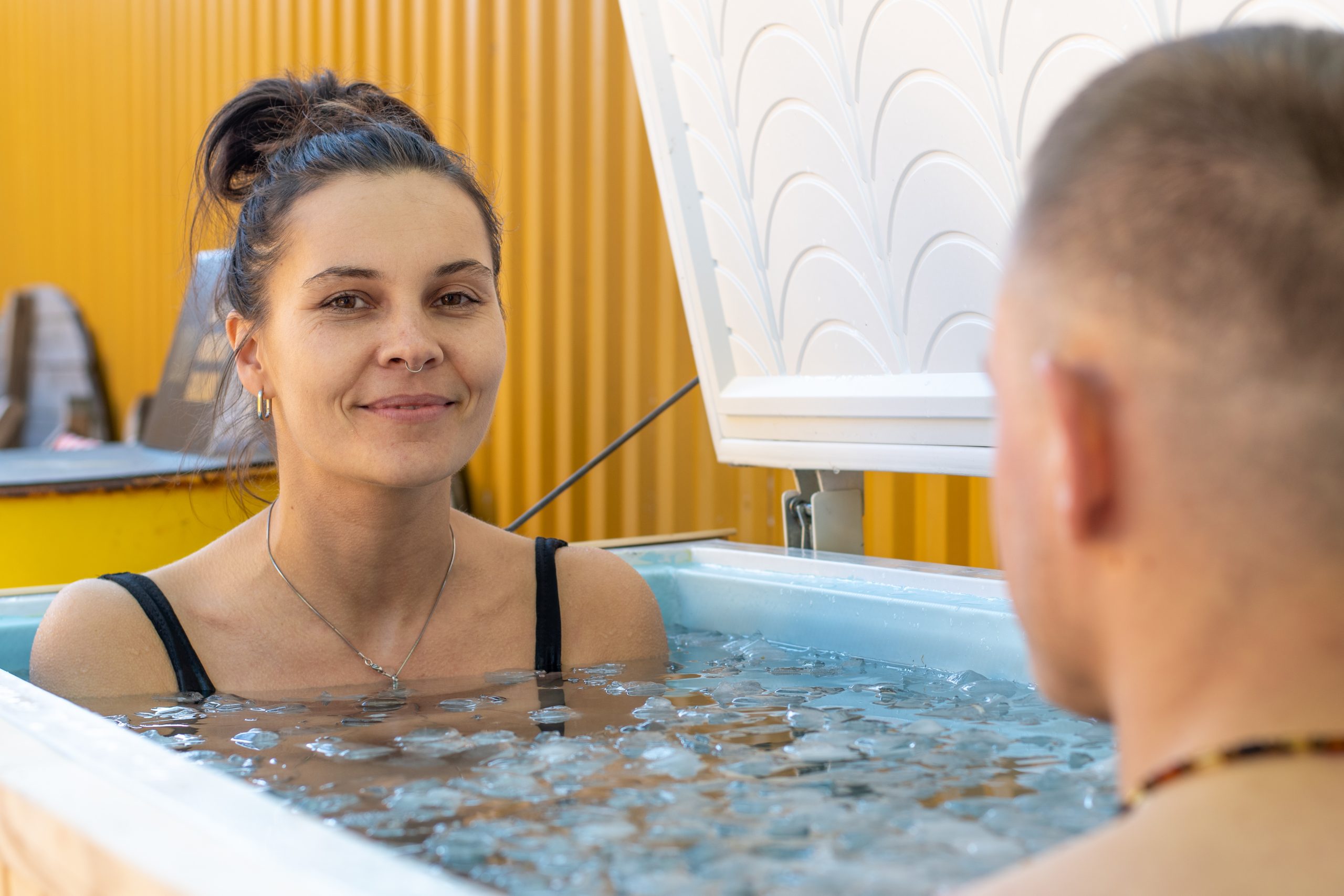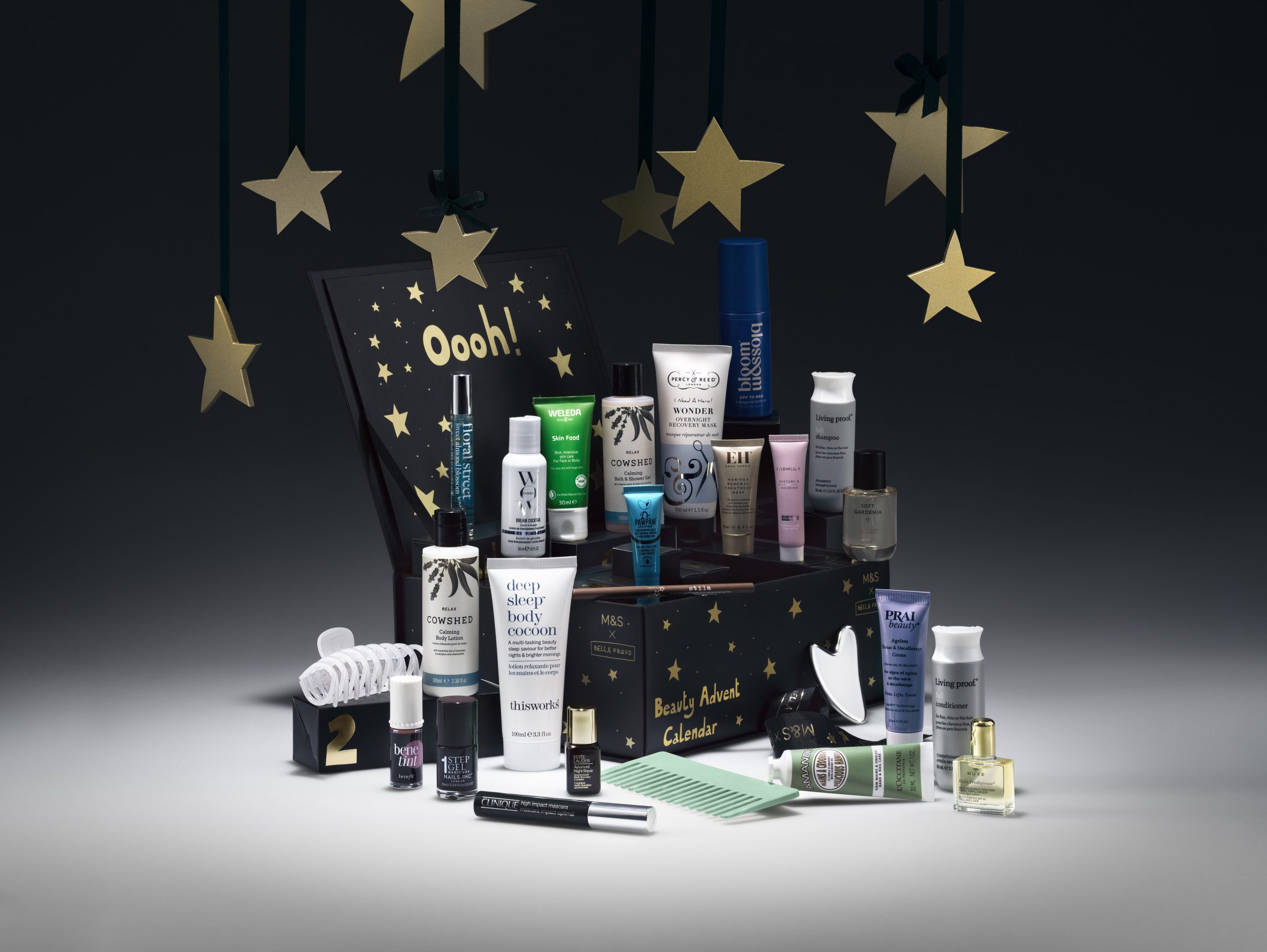The Science Behind Cold Plunges: Why Everyone’s Talking About It
In recent years, cold plunges have surged in popularity, with everyone from elite athletes to wellness enthusiasts diving into icy waters. But what’s the science behind this frosty trend? Let’s explore how cold plunges impact the body and mind, and why they’re gaining recognition as a powerful tool for health and recovery.
What Happens to Your Body During a Cold Plunge?
When you immerse yourself in cold water, your body experiences an immediate physiological response. The cold triggers vasoconstriction, a process where blood vessels narrow, redirecting blood flow from the extremities to vital organs (Mayo Clinic). This helps protect core body temperature and ensures essential functions remain stable. Once you step out of the cold, vasodilation occurs, and fresh, oxygenated blood rushes back to your muscles, aiding recovery and reducing inflammation.
Cold water immersion also activates the sympathetic nervous system, commonly referred to as the “fight or flight” response. This causes a surge of adrenaline, norepinephrine, and endorphins, which can heighten alertness and improve mood (National Institutes of Health, 2023). It’s no wonder many enthusiasts describe feeling invigorated and euphoric after a plunge!
The Benefits of Cold Plunges
- Reduces Muscle Soreness and Speeds Recovery
Athletes have long used ice baths to recover after intense workouts. According to research published in the Journal of Sports Science and Medicine, cold water immersion significantly reduces delayed onset muscle soreness (DOMS) by decreasing inflammation and swelling. - Boosts Circulation
Alternating between cold and warm temperatures, a practice known as contrast therapy, is believed to improve circulation. This process strengthens blood vessels and encourages better blood flow, which can support cardiovascular health over time (Vascular Medicine Journal). - Improves Mental Health
Cold plunges aren’t just for the body—they’re great for the mind, too. Exposure to cold water has been shown to increase levels of dopamine and serotonin, the “feel-good” neurotransmitters. This can help alleviate symptoms of depression and anxiety, leaving you feeling calmer and more focused (National Institutes of Health, 2023). - Enhances Immune Function
A study published by Case Western Reserve University suggests that regular cold exposure may boost the immune system by increasing white blood cell production, which plays a crucial role in fighting off infections. - Increases Resilience to Stress
Cold plunges train your body to adapt to stress. By voluntarily exposing yourself to an uncomfortable stimulus, you can build resilience and improve your ability to handle other stressors in daily life (Psychological Research Journal).
How to Safely Try a Cold Plunge
If you’re new to cold plunges, start slow. Begin with shorter immersions (30 seconds to 1 minute) in moderately cold water before progressing to lower temperatures and longer durations. Always listen to your body—if you feel dizzy or overly uncomfortable, it’s time to get out. Pregnant individuals or those with heart conditions should consult a doctor before trying cold plunges.
Why It’s More Than a Trend
The science behind cold plunges is compelling. From reducing inflammation to boosting mental clarity, cold water immersion offers a host of benefits that extend far beyond the initial shock of icy waters. Whether you’re looking to enhance recovery, improve your mood, or simply challenge yourself, taking the plunge might just be the refreshing boost you need.
So, the next time you’re faced with the idea of a cold plunge, think of it not as a test of endurance but as an investment in your health and well-being. Dive in—you might just find it’s the coolest thing you’ve ever done!
Where Can You Go If you don’t fancy cold plunging at home?

If filling your bath or chest freezer seems like a bit of a chore you can gain the benefits of cold plunges by visiting specialist clinics.
Renati Recovery – Milton Keynes
Read more of our Lifestyle Features












